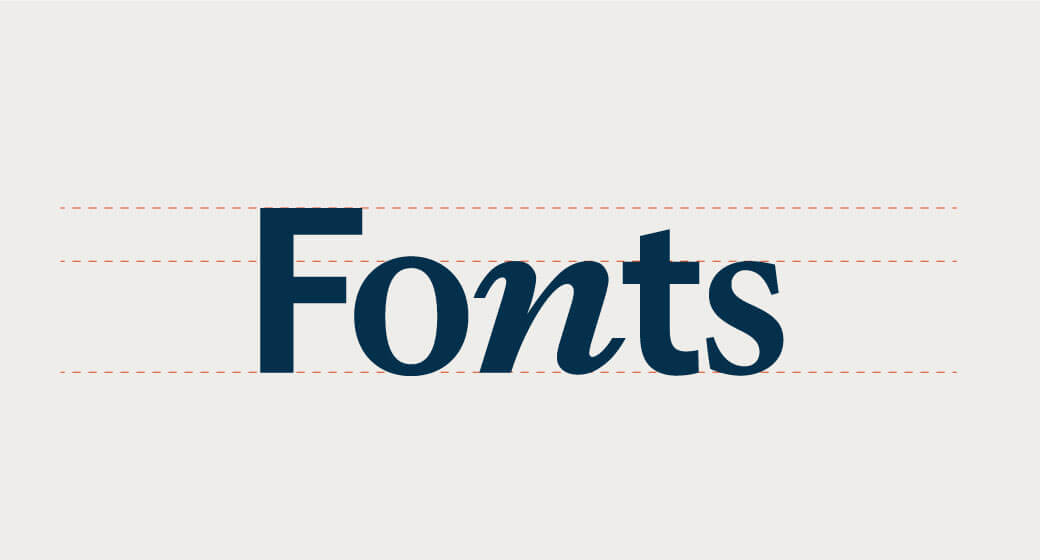

A point is a printer's measurement equal toĪpproximately 1/72 of an inch. The measure of size for proportional typeface is the height of its characters in points. How we measure the size of characters depends upon which spacing method is used by their typeface. Times Roman, 16 points, upright, italicsĮach example is a different font of the same typeface.Times Roman, 12 points, upright, underlined.When a typeface's characters are varied in size, style, or weight, it creates a different font. Paragraph, but three different fonts of it appear: regular, bold, and underlined. The same typeface is used everywhere in this Typeface is a set of characters all of a similar design, a font is a variation of a typeface. Proportional paragraph above is only slightly longer.Īlthough the terms typeface and font are frequently used interchangeably, they actually refer to different things. Although it has 566 characters and spaces compared to only 386 for the non-proportional paragraph, the Since the advent of graphical operating systems,Ĭomputer technology uses proportional typeface nearly exclusively. Proportional spacing can be identifiedīy the appearance of letters like "i", "j", and "l" being "squeezed"īetween adjacent characters. So, the character "i", being quite narrow, receives far less horizontal Means that the horizontal space given to a character is dependent upon

Paragraph is an example of proportional spacing. Typewriters made exclusive use of non-proportionately spaced typeface. Narrow characters ("i", "j", "t", etc) than wide characters. Non-proportional typeface is easily identifiedīy a greater amount of white space surrounding Regardless of how wide they are, all characters receive anĮqual amount of horizontal space. This paragraph's typeface is non-proportionately Non-proportional is also referred to as mono-spaced Non-proportional Spacing Every typeface uses one or the other of the two ways of spacingĬharacters: proportional or non-proportional. See Formatting with Styles.Īnother distinguishing characteristic of typeface is the way they are spaced. This is exactly opposite to the widely held convention of using serif for body text and san serif for headings and titles.Ĭhanging the default typefaces used by MS-Word is very easy to do. Currently, the defaults are Calibri (sans serif) for body text, and Cambria Note: From time to time Microsoft changes Word's default typefaces. Sans serif typefaces are most frequently used for titles and headings, and for body text in Universal are common examples of sans serif typefaces. The strokes used in Sans Serif characters are unadorned by serifs and look more austere. Sans Serif Typefaces Sans is Latin for "without". Said to be more easily read and they are used for body text in most newspapers and the majority of books. In larger blocks of text, serif typefaces are Serif typefaces are more decorative and have a warmer feeling to them. Times, or Times Roman, and Garamond areĮxamples of serif typefaces. Serif Typefaces Serif typeface have small embellishment strokes on the tops or bottoms of letters. They were designed for things like invitations, notices, posters, and advertising.Īll typeface designs fall into one of two categories: serif or sans serif. They are not appropriate for use in academic papers, correspondence, or These typefaces are designed to attract attention, or for special purposes. Ornate typefaces are referred to as design, or display typefaces. Examples of typefaces include Arial and Times Roman. Of the same typeface share a common style of shape and appearance. A typeface is a complete set of letters, numbers, punctuation marks, and special characters all of the same basic design.


 0 kommentar(er)
0 kommentar(er)
